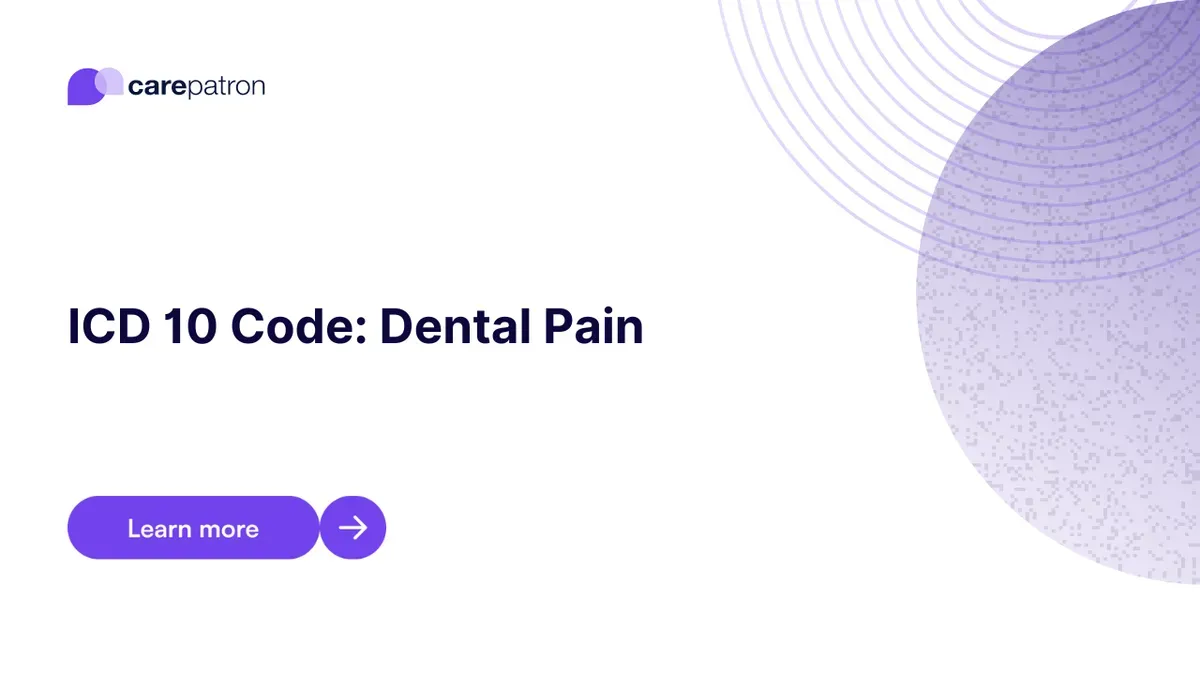
Dental Pain ICD-10-CM Codes
Read this short guide and learn about dental pain ICD codes you can use.
Use Code
Commonly asked questions
Sadly, no. In the future, specific codes may emerge. For now, please refer to the list above.
That depends on the cause. Dentists will often resort to administering and prescribing antibiotics and pain relievers. They will use dental fillings or a crown to fill the gaps for cavities. They might resort to root canals (which hurts a lot) or obliterate the tooth for severe aches.
The most basic home remedy for toothaches is using an ice pack. Rinsing your teeth with hydrogen peroxide or salt also helps.
EHR and practice management software
Get started for free
*No credit card required
Free
$0/usd
Unlimited clients
Telehealth
1GB of storage
Client portal text
Automated billing and online payments
